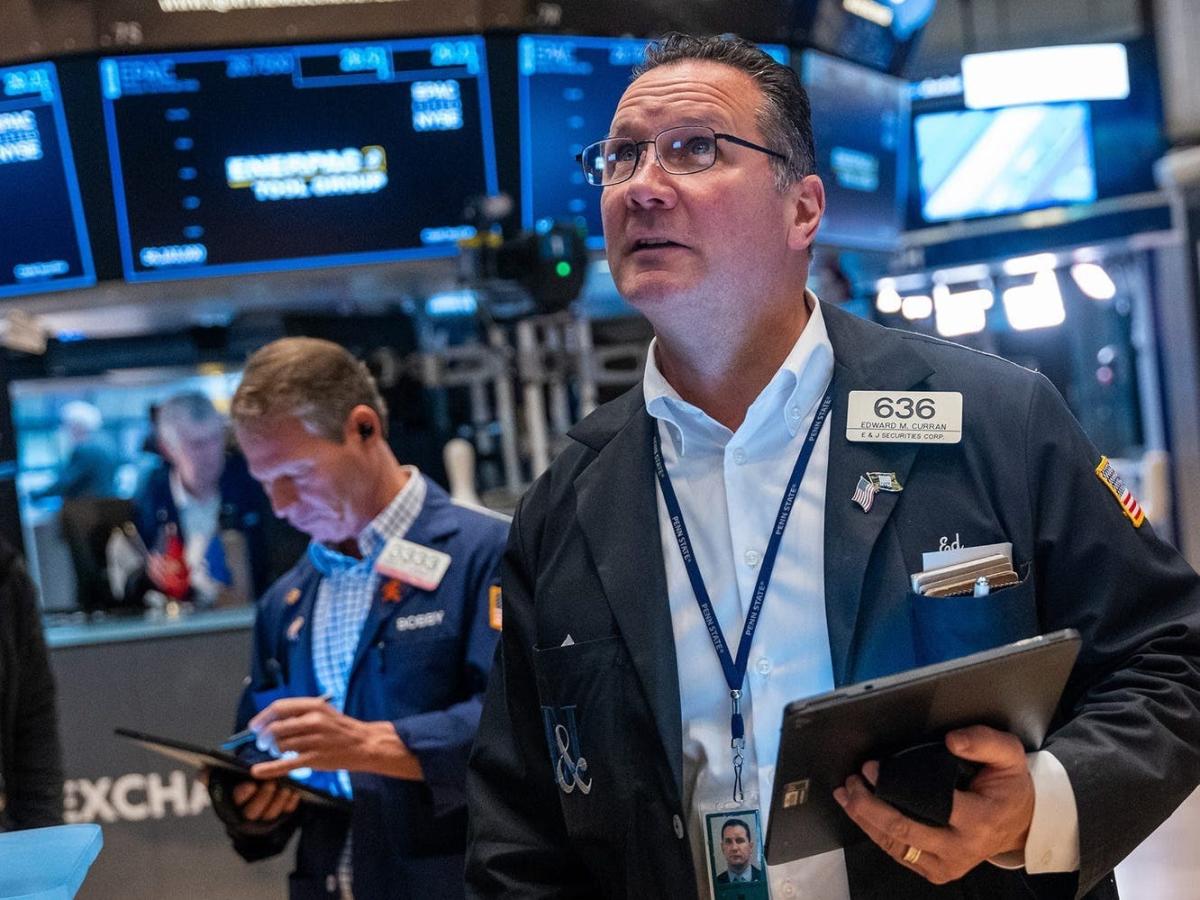By Brigid Riley
TOKYO (Reuters) – The dollar was firm on Monday as the euro hovered near a more than one-month low amid continued concerns about the political outlook in Europe.
The market also braced for a slew of top-tier economic data from China as investors sought clarity on how much the world’s second-largest economy is struggling to gain momentum.
The euro was nearly flat at $1.0703, picking up somewhat after falling to its lowest since May 1 at $1.06678 on Friday. The currency also logged its biggest weekly decline since April at 0.88% last week.
Investors have been contemplating the risk of a budget crisis at the heart of the euro area, as far right and leftist parties gain momentum ahead of France’s surprise parliamentary election, pressuring President Emmanuel Macron’s centrist administration.
Even after the French financial markets endured a brutal sell-off late last week, European Central Bank policymakers have no plan to discuss emergency purchases of French bonds, five sources told Reuters.
Although the political turmoil is a euro-bearish story, “as the euro accounts for around 57% of the US dollar index weighting, the fall of the euro has indirectly benefited the dollar,” said Matt Simpson, senior market analyst at City Index.
The dollar index, which measures the greenback against a basket of peer currencies, was little changed at 105.49, after touching its highest since May 2 at 105.80 on Friday.
Minneapolis Federal Reserve President Neel Kashkari on Sunday said it’s a “reasonable prediction” that the U.S. central bank will cut interest rates once this year, waiting until December to do it.
The Fed published updated projections last week that showed the median forecast from all 19 U.S. central bankers was for a single interest rate cut this year.
The week is light on major U.S. economic data to help clarify the Fed’s outlook, although U.S. retail sales on Tuesday and flash PMIs on Friday may give hints about consumption and economic strength.
“Data would likely have to miss estimates by a wide margin to rekindle bets of more Fed cuts, with the FOMC meeting still freshly in the minds of investors,” said City Index’s Simpson.
Sterling was last trading at $1.2687, up 0.04% on the day. Britain’s inflation pressures still appear too hot for the Bank of England to cut rates at its June 20 meeting. A Reuters poll published last week showed 63 of 65 economists thought a first cut would not come until Aug. 1.
The yen struggled to gain its footing after the BOJ surprised markets when the central bank announced kept bond buying unchanged at its meeting on Friday, instead pushing details of its tapering plan to its July policy meeting.
Governor Kazuo Ueda said, however, he would not rule out raising interest rates in July as weakness in the yen pushes up import costs.
The yen was last up 0.05% at 157.41 per dollar, after slipping to 158.26 after Friday’s decision, its lowest since April 29.
The yen’s decline to a 34-year low of 160.245 per dollar at the end of April triggered several rounds of official Japanese intervention totaling 9.79 trillion yen.
Japan’s core machinery orders fell 2.9% in April from the previous month, Cabinet Office data showed on Monday.
Elsewhere, the offshore Chinese yuan held around 7.2699 per dollar ahead of the dump of domestic data in the Asian morning.
In cryptocurrencies, bitcoin last rose 1.62% to $66,794.00.
(Reporting by Brigid Riley; Editing by Lincoln Feast.)






